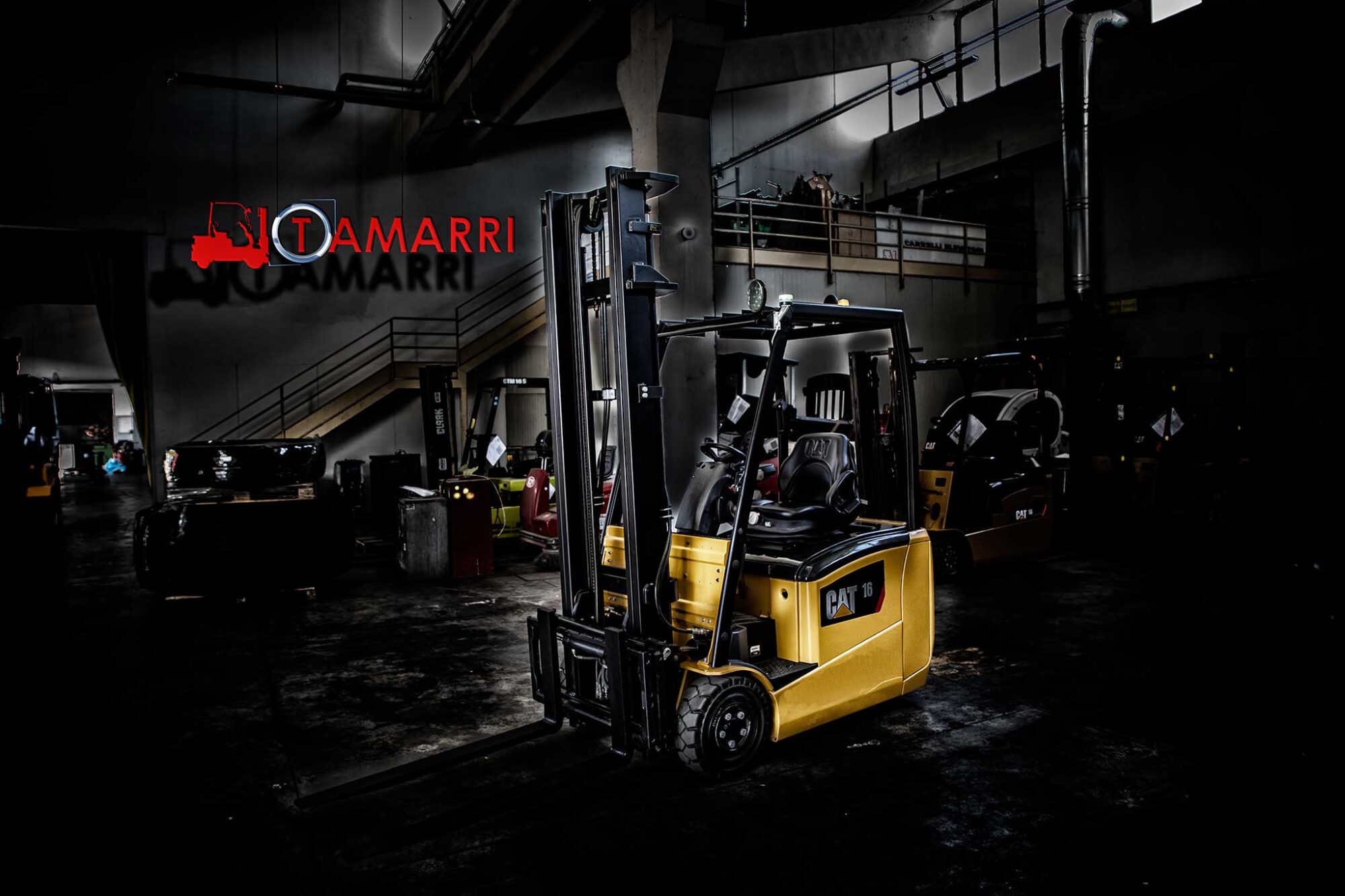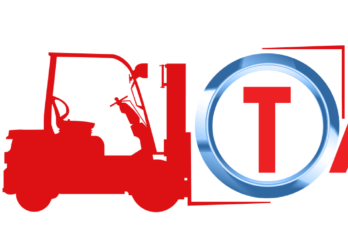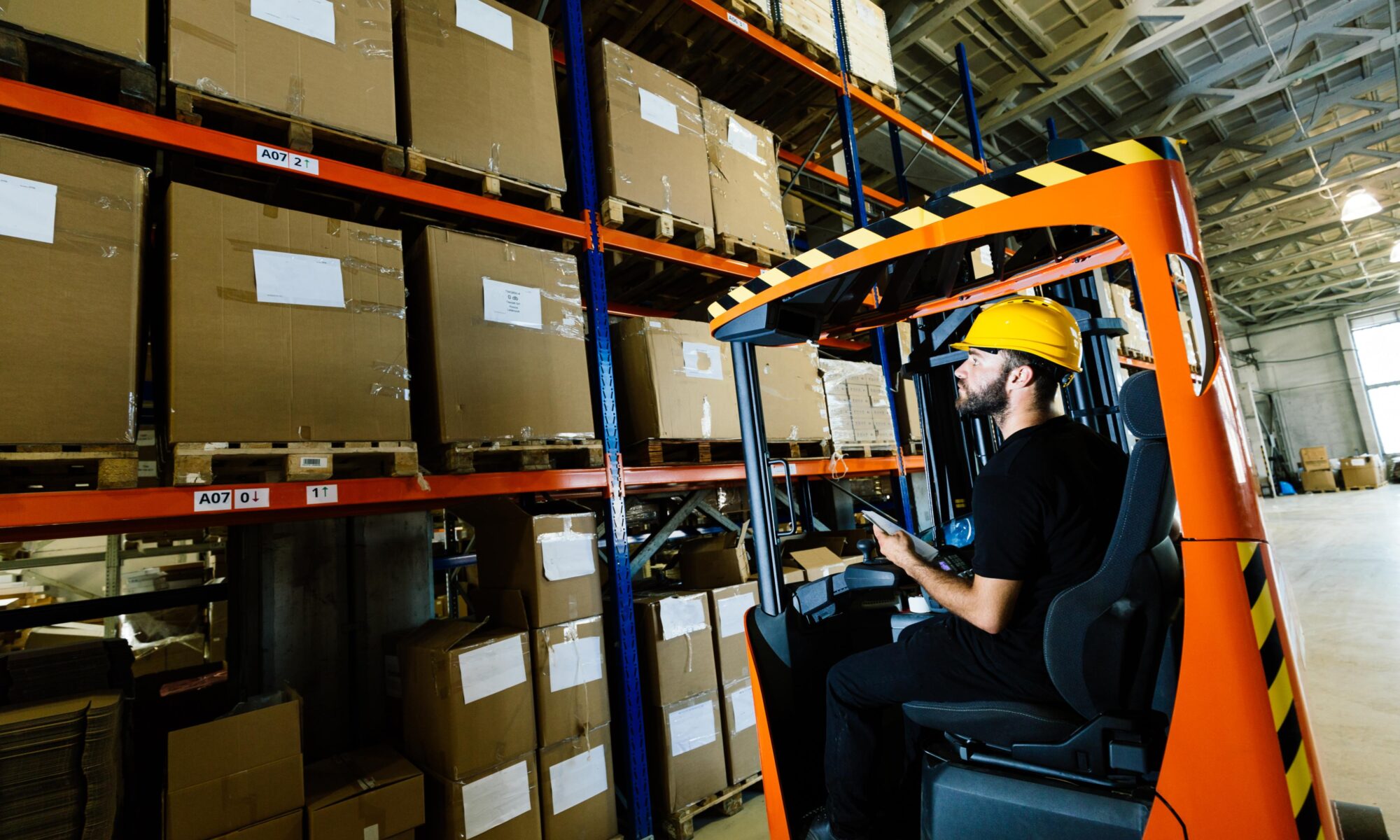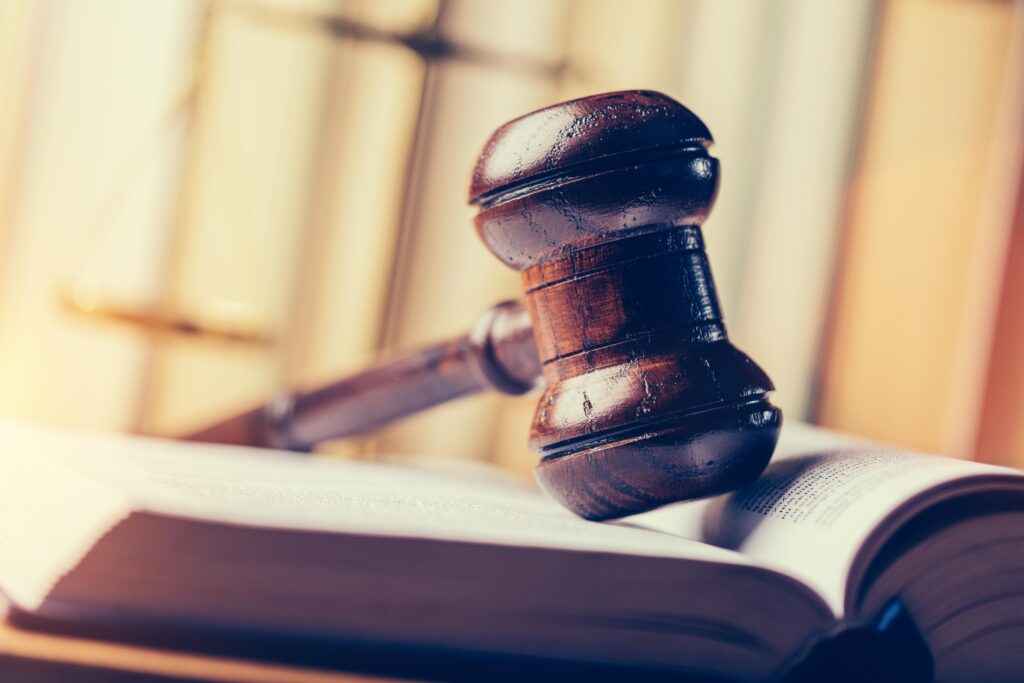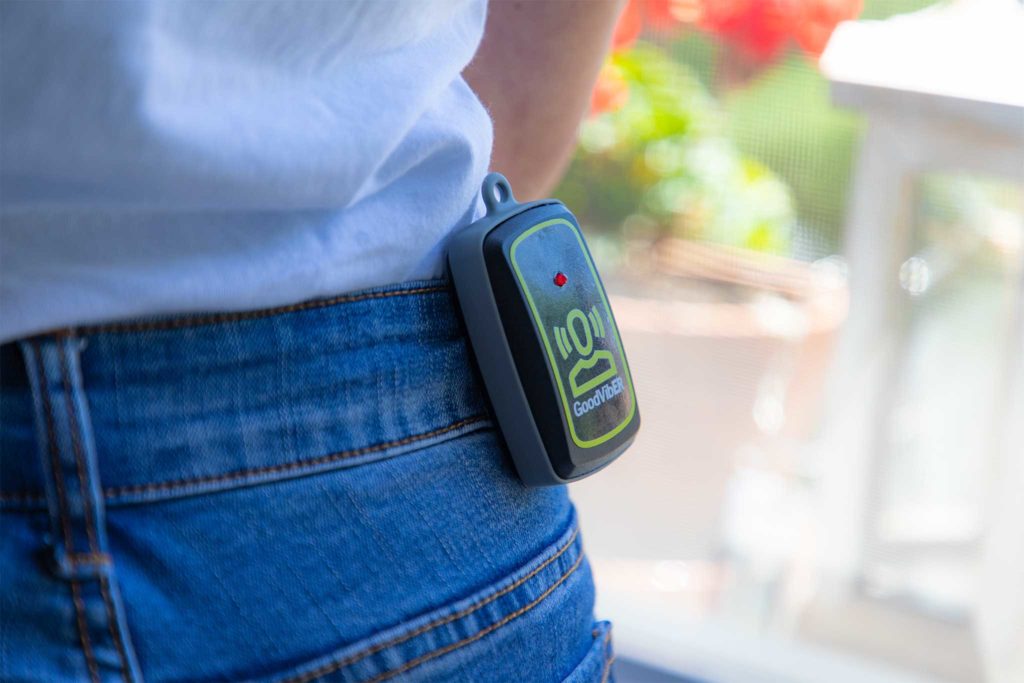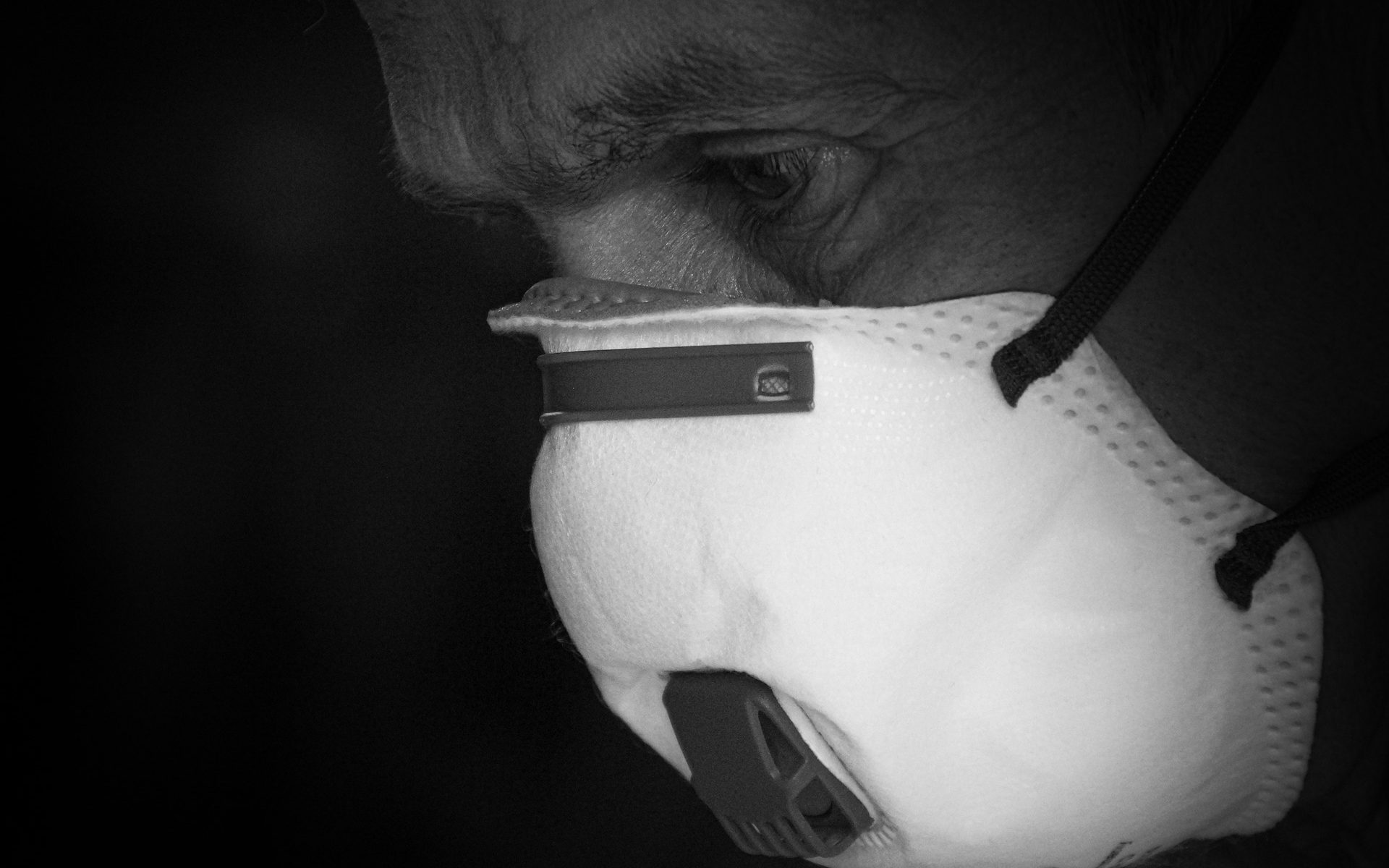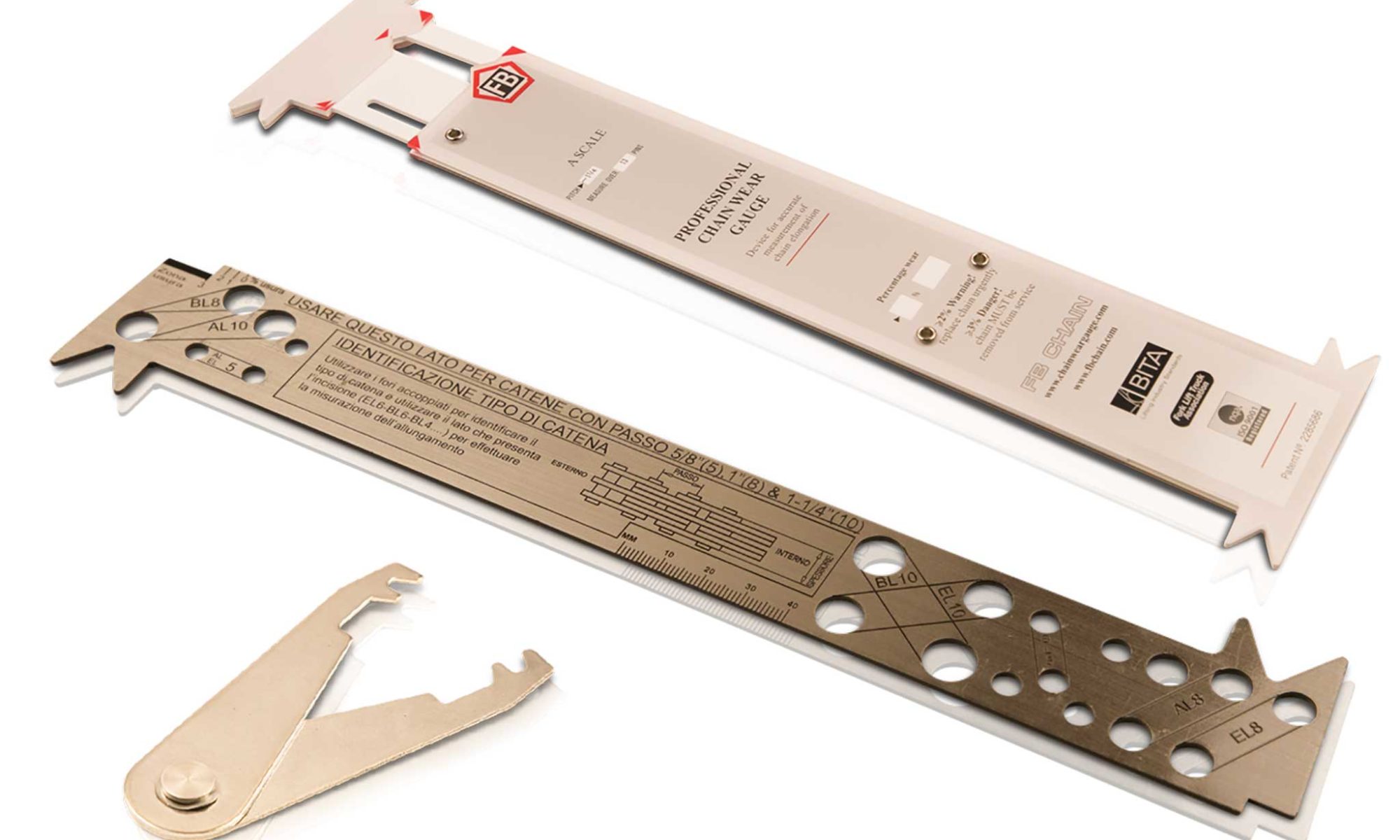The law that regulates forklifts can be a perfect vademecum for the owner of the machine and for a right risks analysis.
The legislation that regulates forklifts: a supervision tool
Whoever owns a forklift must comply with the maintenance activities and the safety checks that must be done on the forklift by law until the end of its working activity.
The need for an efficient and safe fleet for those working in this sector is increasingly strong and shared by the companies that deal with handling.
In Italy the legislation relating to forklifts and equipment in the sector is governed by very strict and precise rules aimed at the builder, the distributor, the user and the assistance service. This is a sector which can lead to serious workplace injuries if not well protected.
That’s why this is a particularly sensible sector for security.
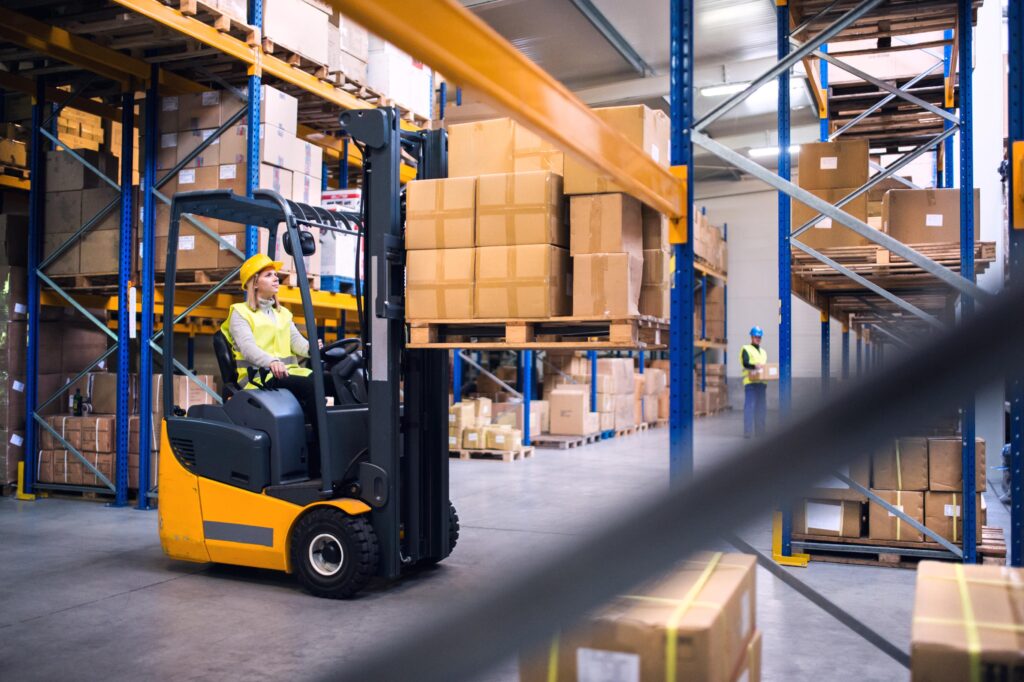
The precautionary and scheduled maintenance is an essential task for a periodic and efficient check of the forklift. It’s important to ensure the optimal operation of all its main components, from the brake assy to the mast, unti the control system
Decrees and circulars governing forklifts
Let’s see together just a bunch of the most important decrees that govern the forklift sector. Among these, the only law that has been revised and now outdated is the 1955 D.P.R 547. These law dealt with the prevention of workplace injuries and represented a fundamental reference both for builders and users
Despite the fact that this law is outdated because the machines have evolved, it’s still an important reference point for builders and all the operators in the sector.
The other decrees and circulars relating to handling equipment provide information both to manufacturers and employers and also to the operator who uses it.
In particular, the D.L. 304 of 10 September 1991 which indicates the technical specifications and tests to be performed on the forklift, in compliance with Community directives 6/663 and 89/240.
Aimed to the manufacturer is also the 24th of July 1996 D.P.R 459 (machines guideline) which, again with reference to EU directives, protects the safety criteria, the health of the operator and the requirements of the environment in which the forklift operates. And again the D.I.R. 73/23 which defines the requirements of the electrical equipment supplied by the manufacturer.
Particularly important is the Circular 8/2001 of the Ministry of Industry – Forklifts in order to reduce the still widespread risk of accidental overturning of the forklift.
Laws that regulate the equipement
As we said the decreed doesn’t regulate only the dispositions related to the forklift but also the equipement. It’s aimed to the employer and also to the worker the 19th September D.L 626/94, the genera law that protect workplace safety.
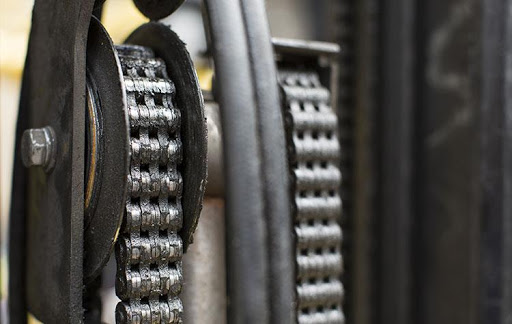
Not only safety checks to be carried out on the truck with the obligation to provide the instructions for use, but also periodic and constant checks of the safety devices, lifting chains, forks, protective screens of moving parts, plates identification. Therefore, Law 626 in Article 35 paragraph 4 letter c extends the obligation of periodic maintenance to all equipment as well.
So it is for the D.I,R 95/63 that defines the minimal safety and health requirements during the use of the work equipement the the employer mast adopt. Also the safety instructions that the operators must adop.
For a controlled and shared verification with the Supervisory Authorities over a period of 5 years from the date of the last registration or until the decommissioning, the Legislative Decree 359 of 4 August 1999 requires the employer to carry out periodic checks and record the results. The document produced will “follow” the machine wherever it is used.
Naturally, some circulars such as Circular 3/2001 of the Ministry of Labor “remind” the periodic checks to be carried out on forklifts and related accessories.
For further clarity, the D.L. 81/08 (Article 71 paragraph letter a and letter b) quotes:
“A) the equipment is subject to suitable maintenance in order to guarantee the permanence of safety requirements over time”
“B) the maintenance and updating of the work equipment control registers are taken care of”.
Control and verification of lifting machines
The lifting devices represent the crucial part of the entire forlift at a functional level, therefore also with regard to operator safety. In particular, the control of the chains is regulated by the D.P.R. 547 of 1955 (Article 179). This article states that they must be checked every three months.
It is imperative to replace them promptly if there is a condition of wear or an elongation that exceeds the measure indicated by the manufacturer.
For this it will be advisable to check the length of the chains through the appropriate precision instruments such as gauges or millimeter lines.
Finally, the control of the hydraulic pipes must be performed at least once a year and is regulated by the circular of the Ministry of Labor of 1 February 1979 no. 9. The circular provides for a visual analysis of the state of the pipes and their fittings. It also establishes that the pressurized pipes must be replaced at least every 2 years.
Tamarri S.r.l. : a competent partner
Nel prossimo articolo ci occuperemo della manutenzione e smaltimento delle batterie da trazione, e della formazione del personale che opera nel complesso settore dei carrelli elevatori.
In the next article we will deal with the maintenance and disposal of traction batteries, and the training of personnel working in the complex forklift sector.
Tamarri S.r.l. is a competent partner that has always been committed to the protection of safety. We are always available to help you better understand the legislation and to provide you with the tools you need to comply with the regulations in force. Calipers, millimeter lines, and even chain cutters and other precision tools, all at your disposal! 😉
